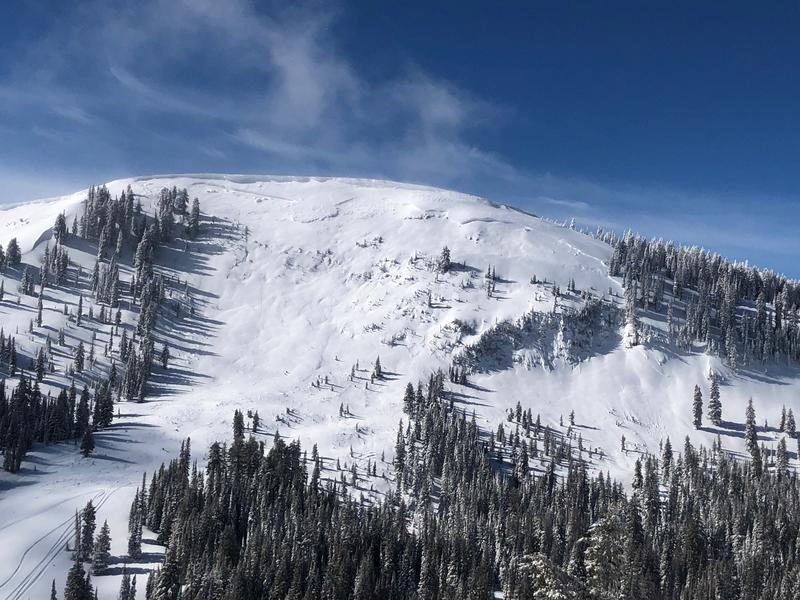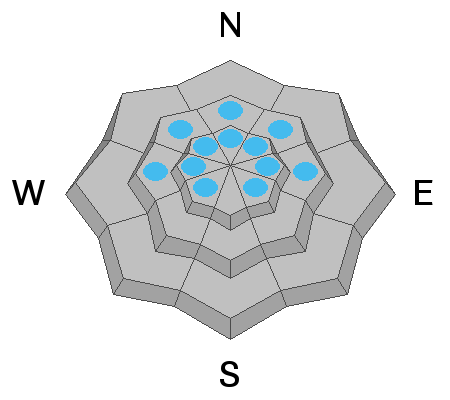Increasing southwest winds and snowfall this afternoon will cause rising avalanche danger, and a winter storm tonight could cause dangerous conditions to develop rapidly. There's fine powder and plenty of safe places to enjoy it this weekend in the Logan backcountry, but strong east winds Thursday night and Friday, drifted fresh snow at upper elevations into unusual and perhaps unexpected places. Avalanche conditions are a bit tricky up high, with wind drifted snow your biggest concern. I am still finding areas with poor snow structure and although unlikely, dangerous deep hard slab avalanches failing on a sugary persistent weak layer near the ground remain possible for someone to trigger on isolated very steep shallow, rocky, treed, or previously wind-scoured and now wind-loaded slopes.
The Tony Grove Snotel at 8400' reports 2 inches of new snow overnight. It's 16º F this morning and there's 86" of total snow containing 102% of average SWE for the date. It's 10º F, at the 9700' CSI Logan Peak weather station, and southwest winds are currently averaging around 30 mph, with a 54 mph gust already this morning.
The National Weather Service in Pocatello has issued a
Winter Storm Warning for the Bear River Range in SE Idaho due to a long term snow event beginning today. It could be partly sunny this morning in the mountains, but expect increasing clouds, southwest winds, and snow this afternoon, with 2 to 4 inches possible. High temperatures at 8500' are expected to be around 24º F, with 25 to 35 mph southwest winds, gusting to around 50 mph. It will snow tonight, with significant accumulations possible, especially near the Idaho State Line. 13 to 19 inches of snow could fall tonight in some areas, low temperatures expected to be around 19º F, with 30 mph southwest winds gusting to around 45 mph. Snow is likely tomorrow, with 7 to 11 inches possible, and it'll be windy, with 30 mph west-southwest winds and 45 mph gusts.
Observers on Friday reported recent natural wind slab activity at upper elevations in the Mount Naomi Wilderness.
Numerous natural avalanches involving heavy, drifted, and rain-saturated snow from a Valentines Day natural cycle were observed on slopes at all elevations across the Logan Zone. Backcountry riders and skiers report triggering small soft slabs and sluffs including the soft new snow in steep terrain in the past week.
This large natural hard slab avalanche was observed last Friday in upper Providence Canyon. The crown looks to be 6 to 8 feet deep and it's about 1000' wide.












